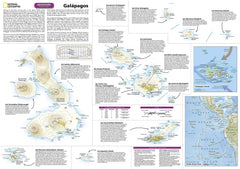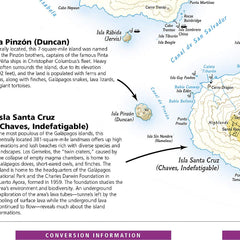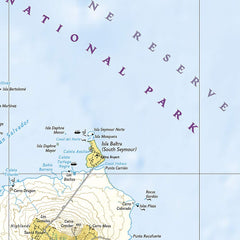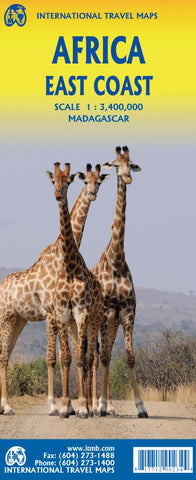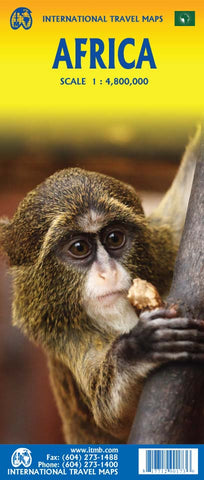- Australia ▾
- Topographic
▾
- Australia AUSTopo 250k (2024)
- Australia 50k Geoscience maps
- Australia 100k Geoscience maps
- Australia 250k Geoscience maps
- Australia 1.1m Geoscience maps
- New Zealand 50k maps
- New Zealand 250k maps
- New South Wales 25k maps
- New South Wales 50k maps
- New South Wales 100k maps
- Queensland 10k maps
- Queensland 25k maps
- Queensland 50k maps
- Queensland 100k maps
- Compasses
- Software
- GPS Systems
- Orienteering
- International ▾
- Wall Maps
▾
- World
- Australia & New Zealand
- Countries, Continents & Regions
- Historical
- Vintage National Geographic
- Australian Capital Territory
- New South Wales
- Northern Territory
- Queensland
- South Australia
- Tasmania
- Victoria
- Western Australia
- Celestial
- Children's
- Mining & Resources
- Wine Maps
- Healthcare
- Postcode Maps
- Electoral Maps
- Nautical ▾
- Flags
▾
- Australian Flag Sets & Banners
- Flag Bunting
- Handwavers
- Australian National Flags
- Aboriginal Flags
- Torres Strait Islander Flags
- International Flags
- Flagpoles & Accessories
- Australian Capital Territory Flags
- New South Wales Flags
- Northern Territory Flags
- Queensland Flags
- South Australia Flags
- Tasmania Flags
- Victoria Flags
- Western Australia Flags
- Gifts ▾
- Globes ▾
Dear valued customer. Please note that our checkout is not supported by old browsers. Please use a recent browser to access all checkout capabilities
Galapagos National Geographic Folded Map
$26.95
Afterpay is only available for orders between $50.00 and $1000.00 More info
Resting on the Nazca tectonic plate in the eastern Pacific Ocean approximately 600 miles west of Ecuador, the actively volcanic Galápagos Islands were discovered in 1535 by the bishop of Panama, Tomás de Berlanga, when his ship drifted off course. In 1835, naturalist Charles Darwin, aboard the H.M.S Beagle, arrived in the Galápagos and spent 5 weeks collecting geological and biological specimens from several islands, noting his surprise at the variety of birds, tortoises, iguanas and other creatures--all without fear of humans. Darwin's short visit inspired, in part, his 1859 theory of evolution by natural selection and led to the declaration of Galápagos as a national park 100 years later in 1959. Galápagos was declared the first UNESCO World Heritage site in 1978.
Now, National Geographic has created a map of this island chain that is so remote that many of the species who live here can be found nowhere else on earth. The front of the map includes an overview of the entire island chain to help with context since the islands are spread over a large swath of ocean. On the back of the map, each major island has a description including the endemic species (animals or plants living only on the Galápagos), facts about the human history of each island, and other facts that are important to travelers.
Every Adventure Map is printed on durable synthetic paper, making them waterproof, tear-resistant and tough – capable of withstanding the rigours of international travel.
Scale: 1:525,000
Now, National Geographic has created a map of this island chain that is so remote that many of the species who live here can be found nowhere else on earth. The front of the map includes an overview of the entire island chain to help with context since the islands are spread over a large swath of ocean. On the back of the map, each major island has a description including the endemic species (animals or plants living only on the Galápagos), facts about the human history of each island, and other facts that are important to travelers.
Every Adventure Map is printed on durable synthetic paper, making them waterproof, tear-resistant and tough – capable of withstanding the rigours of international travel.
Scale: 1:525,000

